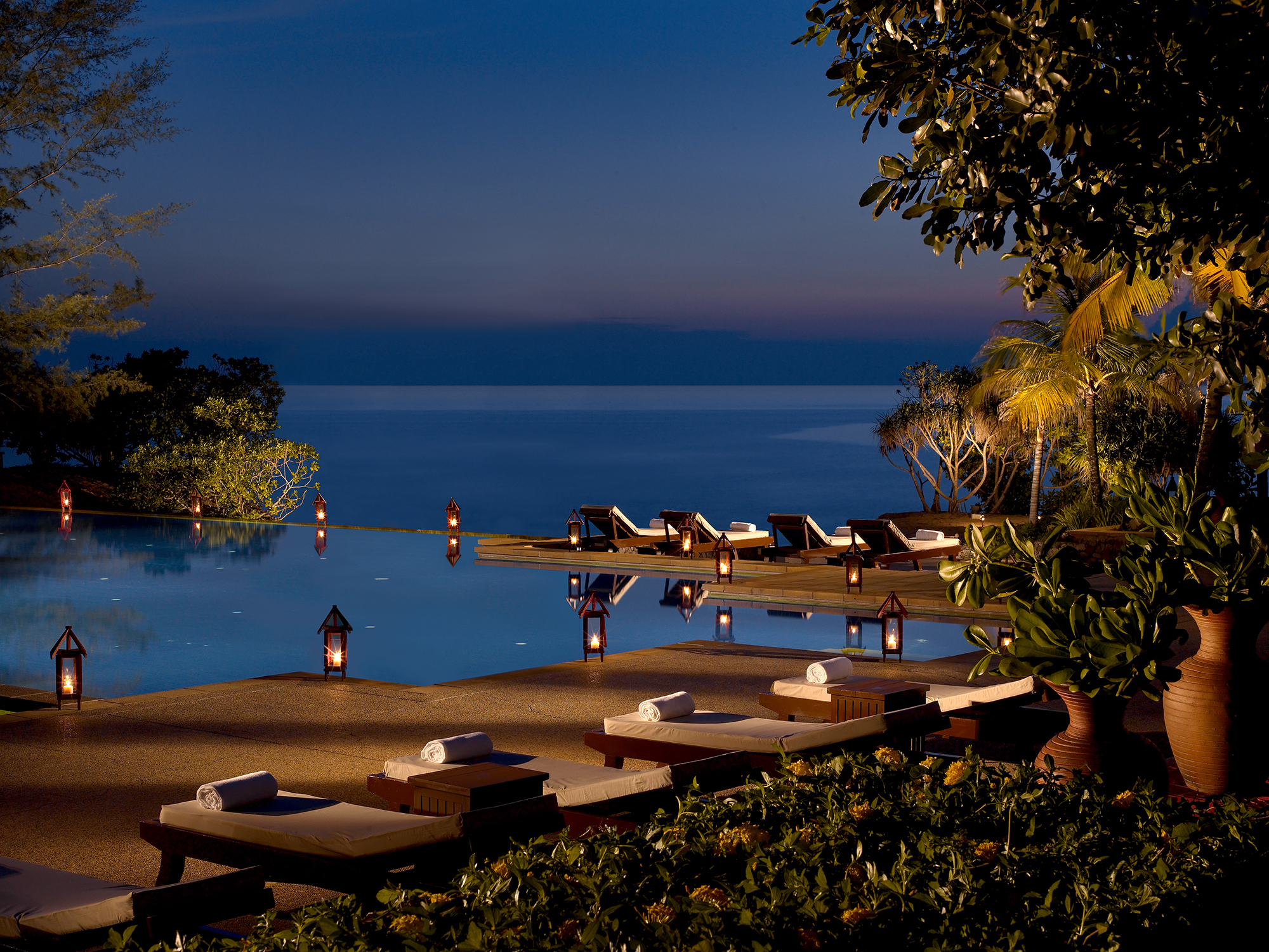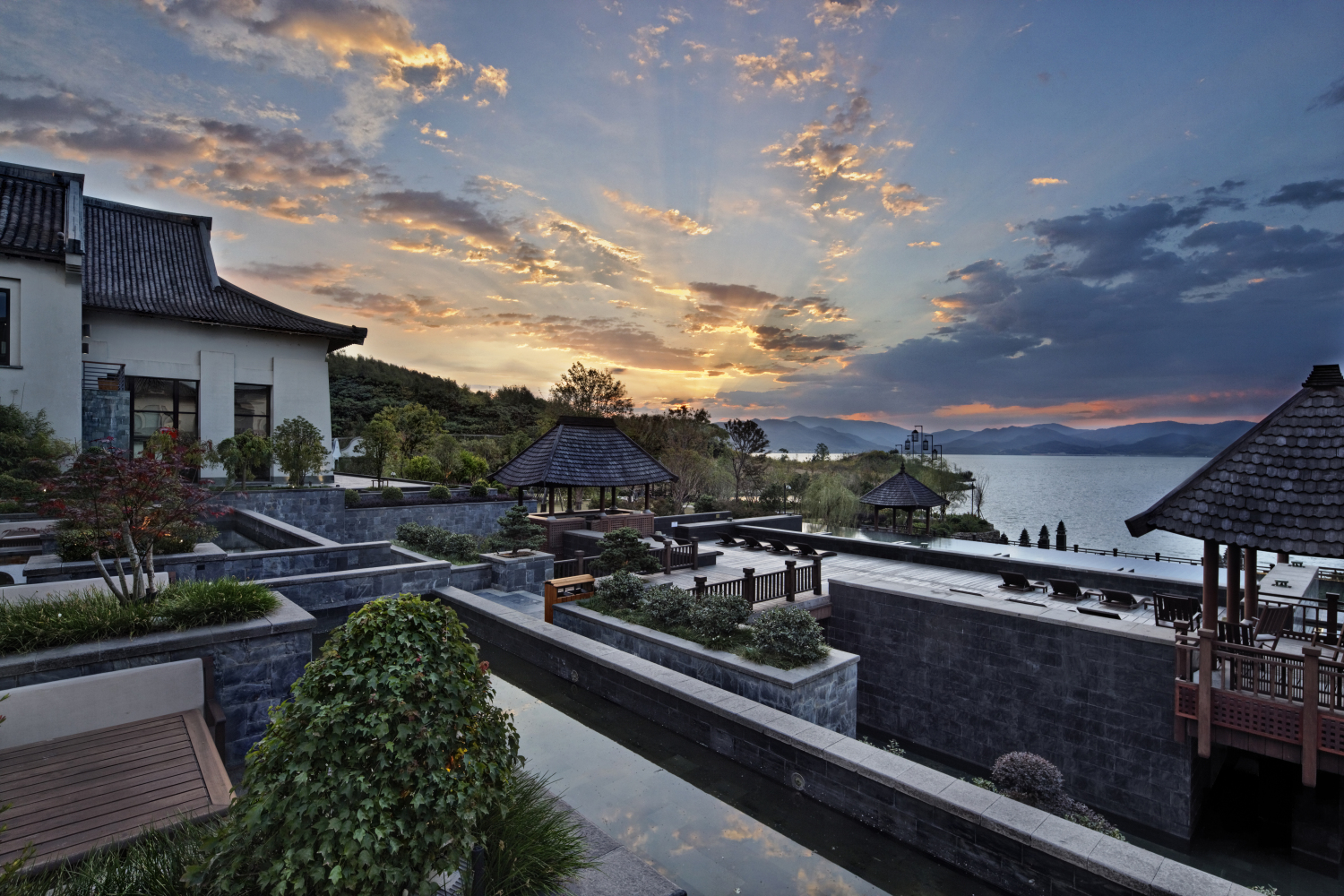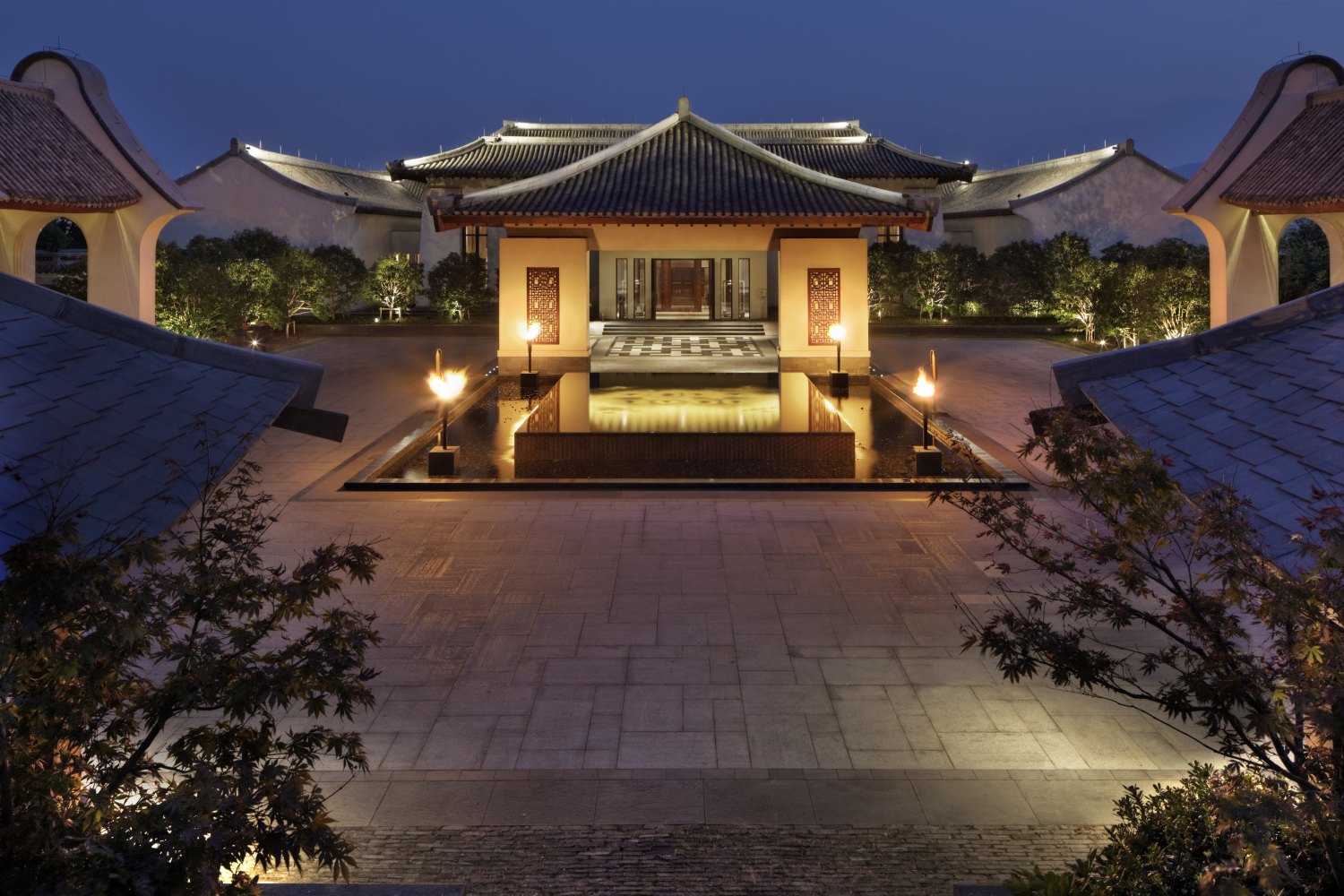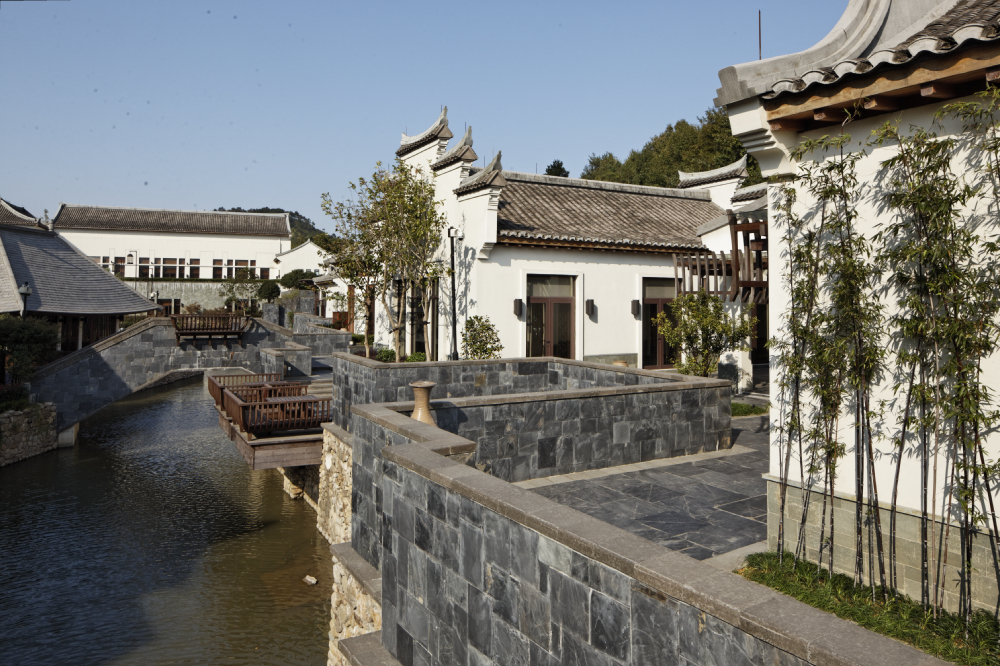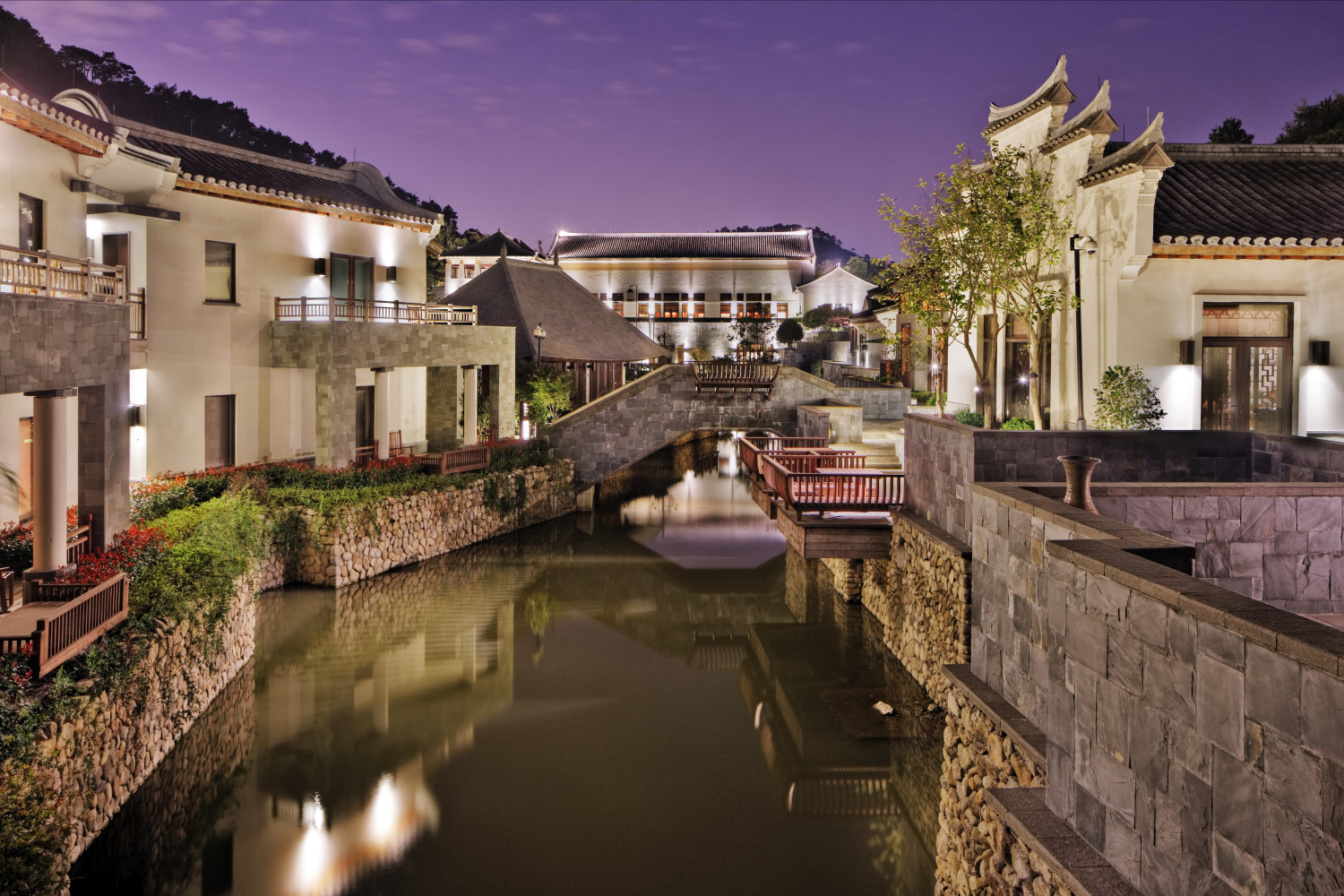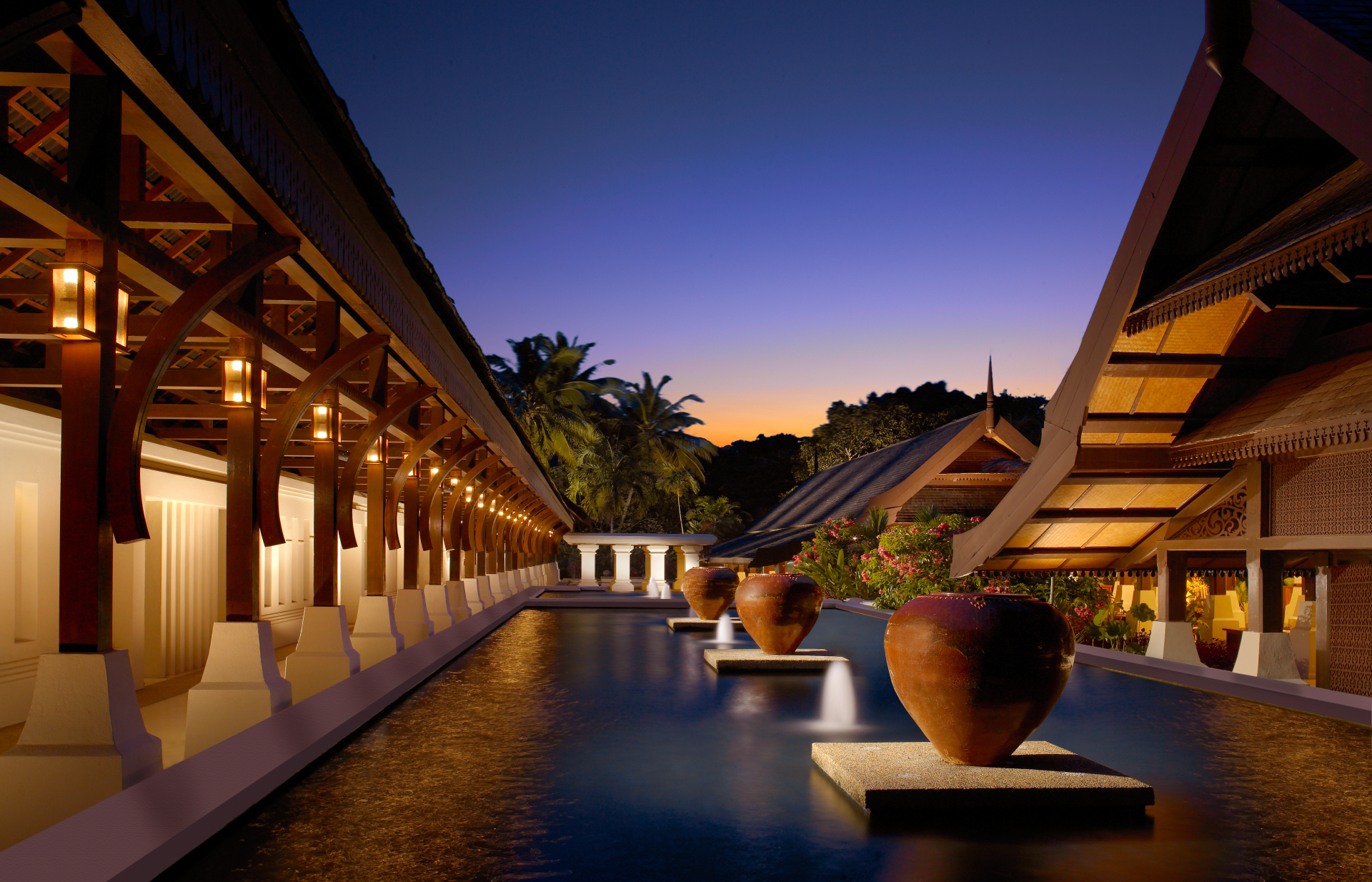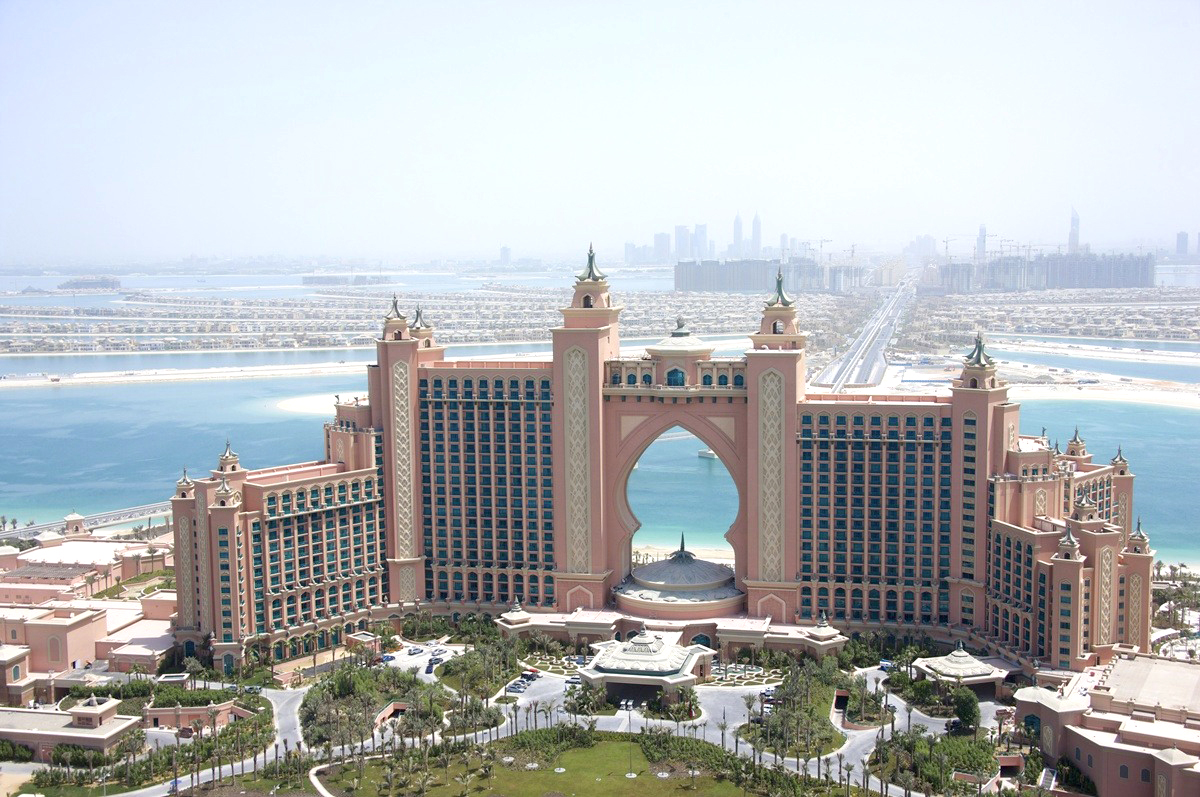From a Seed to a Forest: A Conversation on 80 Years of Design
By WATG
October 23, 2025
In celebration of WATG’s 80th anniversary, a rare opportunity arose to step back in time. George Berean, a firm veteran who worked alongside our founders, sat down for a fireside chat with Chris Panfil, Managing Principal of Planning + Landscape. A journey through the foundational principles that have shaped WATG for decades, the conversation explored the DNA that connects an early project in Tahiti to the global icons of today.
Through stories, insights, and behind-the-scenes anecdotes, George, who joined WATG in 1971 and was mentored by Jerry Allison and Greg Tong, revealed how a core philosophy has guided the firm’s creativity, innovation, and excellence. It’s a philosophy that remains as relevant and inspiring today as ever, forming the blueprint for the next chapter of bold ideas and transformative design.
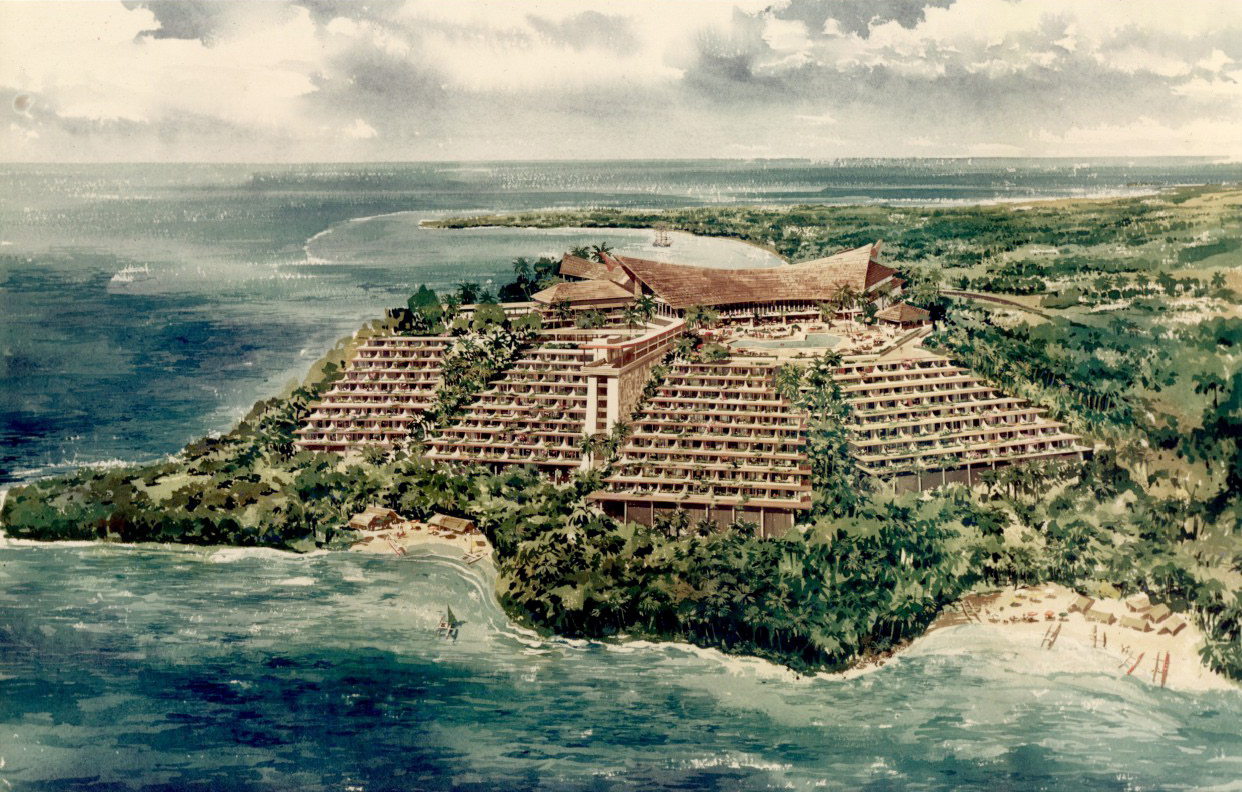
Hotel Tahara’a InterContinental in Tahiti
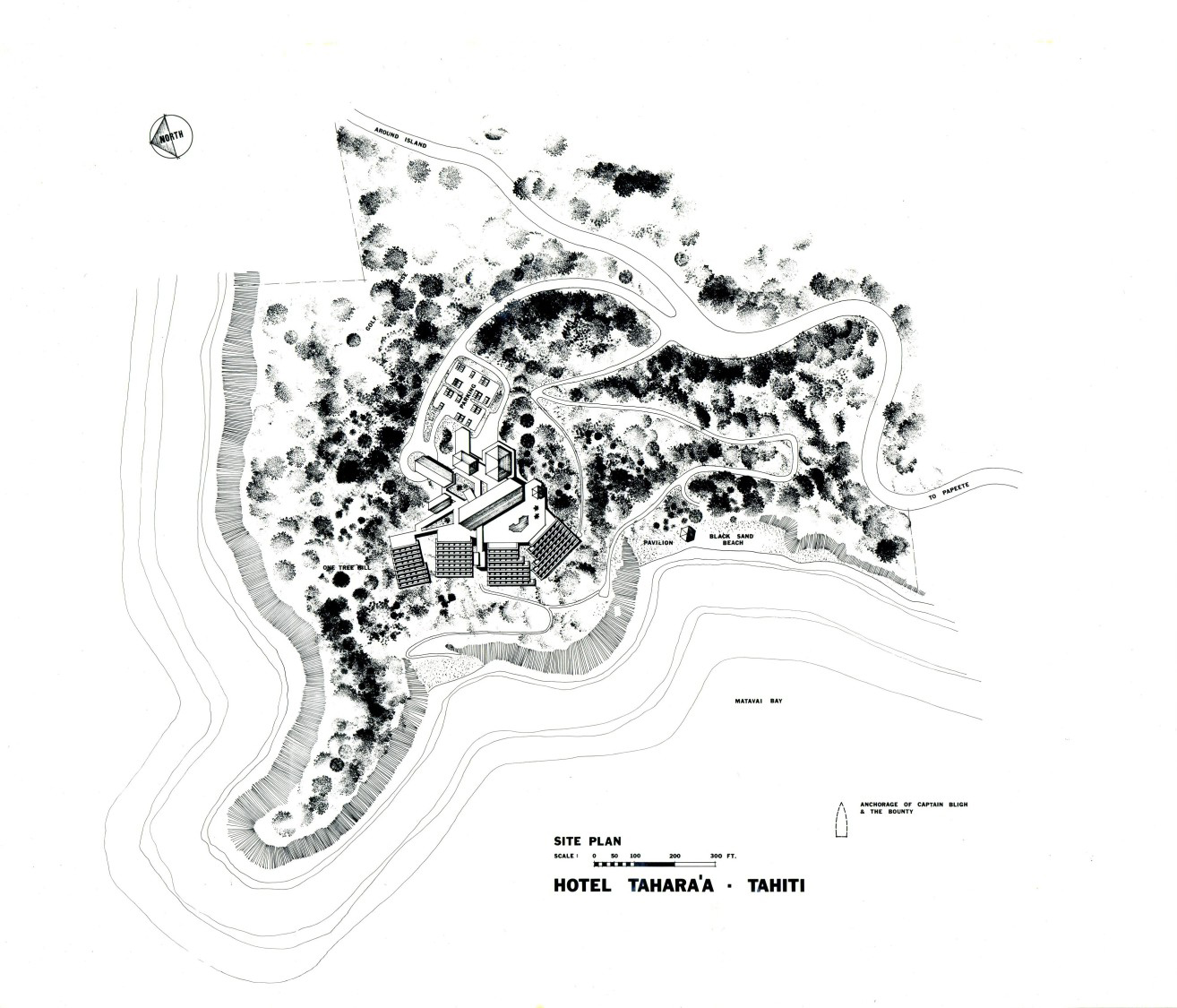
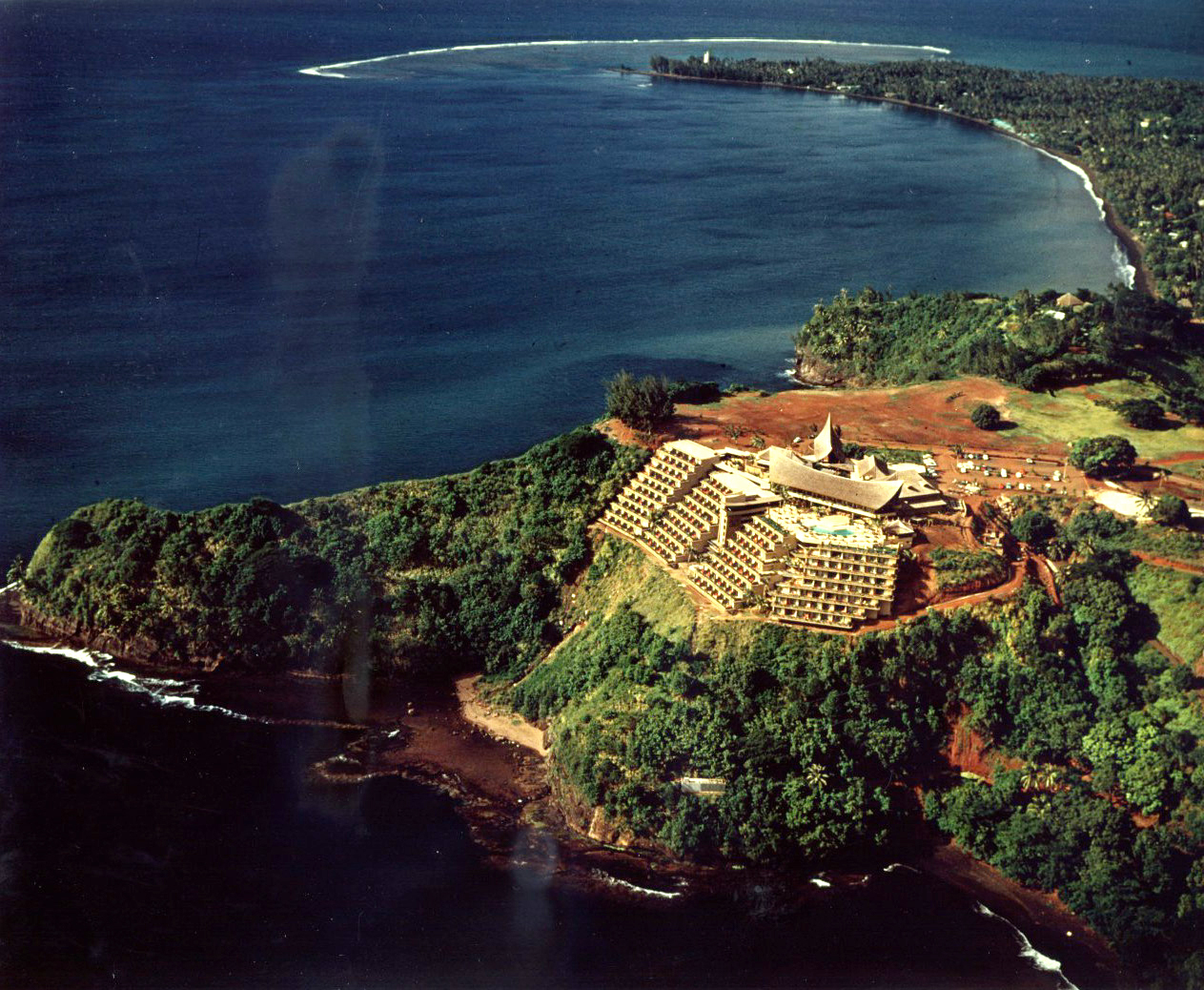
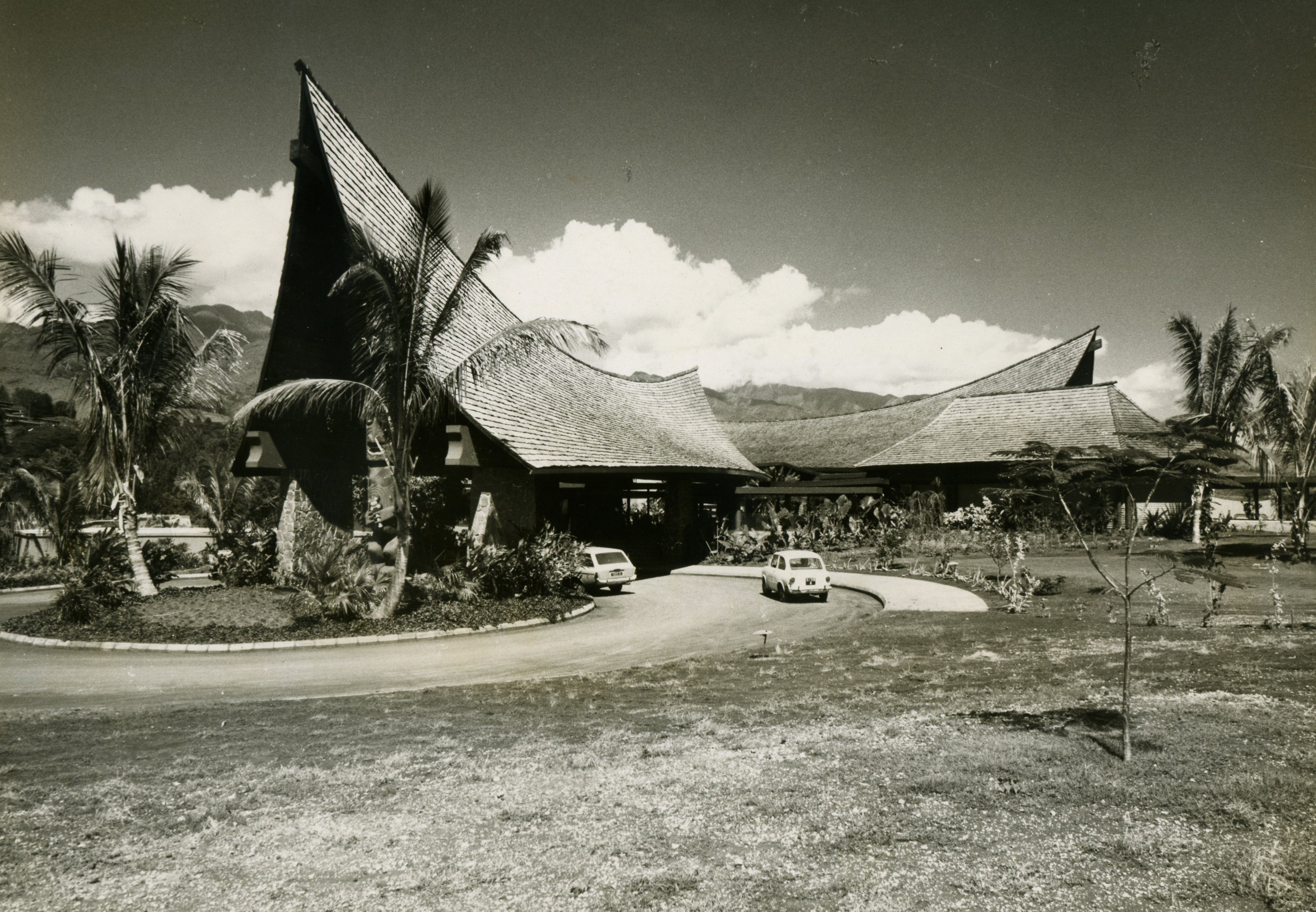
Designing for People, Not Prizes: The "Oh-My-God" Moment
Long before the term “Instagrammable moment” was coined, WATG was designing for the gasp, the pause, the unforgettable first impression. George recalls the Hotel Tahara’a InterContinental in Tahiti, where founder Pete Wimberly established a principle that would define the firm: architecture should serve the experience, not the other way around.
“In my opinion, if you ask guests what was the neatest thing about a resort, I don’t think they would say it was the architecture,” George explains. “It was the landscape, the interiors, and the whole experience. As architects, we have never designed thinking, ‘I’m going to win the Pritzker Prize’; we design for people and for guests.”
At the Tahara’a, Wimberly’s solution was to make the building a landform. “When you entered that lobby, you had no idea what was below,” George remembers. “But when you stepped out, it all opened up with the hillside spread out before you. It was an incredible first impression and an ‘oh-my-god’ moment.”
The Commercial Value of Heritage: Honoring Culture and Place
This people-first philosophy naturally extends to a deep respect for a project’s site and culture. Decades ago, WATG was already practicing what is now a cornerstone of resilient and responsive design. George draws a parallel between the award-winning Hotel Wuxi MGallery and an earlier project, the Park Hyatt Ningbo, which was set in a 2,000-year-old village.
The question was profound: “How do you displace 2,000 people from a village to create a 5-star resort? Should you? Why would you?” Instead of razing the site, the team presented alternatives. Joined by government officials, professors, and scholars, the client arrived at a respectful, forward-thinking decision: preserve the parts of the village that could be saved.
“I think at the time it must have been fairly new to China, to say that you’re not going to just have a completely new architectural expression, but you’re going to be quite respectful,” George reflects. “It took a while for them to realize their heritage had commercial value. Now it’s become almost like an aspiration, to celebrate culture.”
Masters of Craft: The Soul of Tanjong Jara
Perhaps no project better embodies this respect for culture than the Tanjong Jara Resort in Malaysia. Commissioned in the 1970s to develop the peninsula’s east coast for tourism, the objective was to preserve the environment and advance Malaysia’s cultural heritage while satisfying visitors. The result, completed in 1980, earned the prestigious Aga Khan Award for Architecture in 1983, an award that recognizes socioeconomic benefits to local communities in addition to design excellence.
The process was one of pure discovery. “You guys were actually given the choice,” Chris says. “You were told, just walk up and down the beach and find the best site. This is the stuff that we can only dream of.”
What truly set the project apart was its focus on craft. The team studied the Malay Istanas (royal palaces) and engaged with local craftsmen. “Jerry [Allison] was a very good friend of Terry Sutherland who was with the Tourism Development Authority, so they had access to museums and national monuments,” George recalls. “We visited the museums, we bought books and pictures… it evolved from there.”
The connection was more than just research; it was a living collaboration. “What I found remarkable is that these people, like this chap here carving away, they weren’t just inspiring, they were actually contributing to the construction of the resort,” George says. “It wasn’t just a sensitive design; it was the way in which the work of these people maintained a tradition that continues to be economically viable, integrating that into a modern economic context of tourism.”
In Defense of Fantasy: The Power of Themed Worlds
From the deeply authentic, WATG also mastered the art of pure invention. The Palace of the Lost City in South Africa, a project met with some criticism from the professional press at the time, was a bold foray into fantasy, a concept the firm was no stranger to after working with Disney.
George’s response to the critics? A succinct “BOO HOO!”
“Jerry [Allison] put his thinking cap and his ‘why not’ cap on,” George says, “and came up with something that was good for gaming, entertainment, and fantasy, and he drew on the elements that he felt would portray that experience.”
Chris Panfil argues that this embrace of fantasy is integral to tourism. “Even when visiting a traditional village like Tanjong Jara, one is engaging with a manufactured environment,” he notes. “What we mustn’t forget, however, is that the Palace of the Lost City is not just spectacle: it is a fully-fledged and thoughtfully designed resort hotel… a sophisticated and carefully considered destination.”
This same client relationship led to another icon of themed design: Atlantis in the Bahamas. Conceived around the fantasy of the lost city, the renovation featured the world’s largest open seawater aquarium at the time, blending education with the exhilaration of sliding through a clear tube surrounded by sharks. The project was a testament to the power of a strong client partnership. “The client upped his game, we upped our game,” George says. “The two entities developed a better understanding and better chemistry. Repeat business is important for mutual growth.”
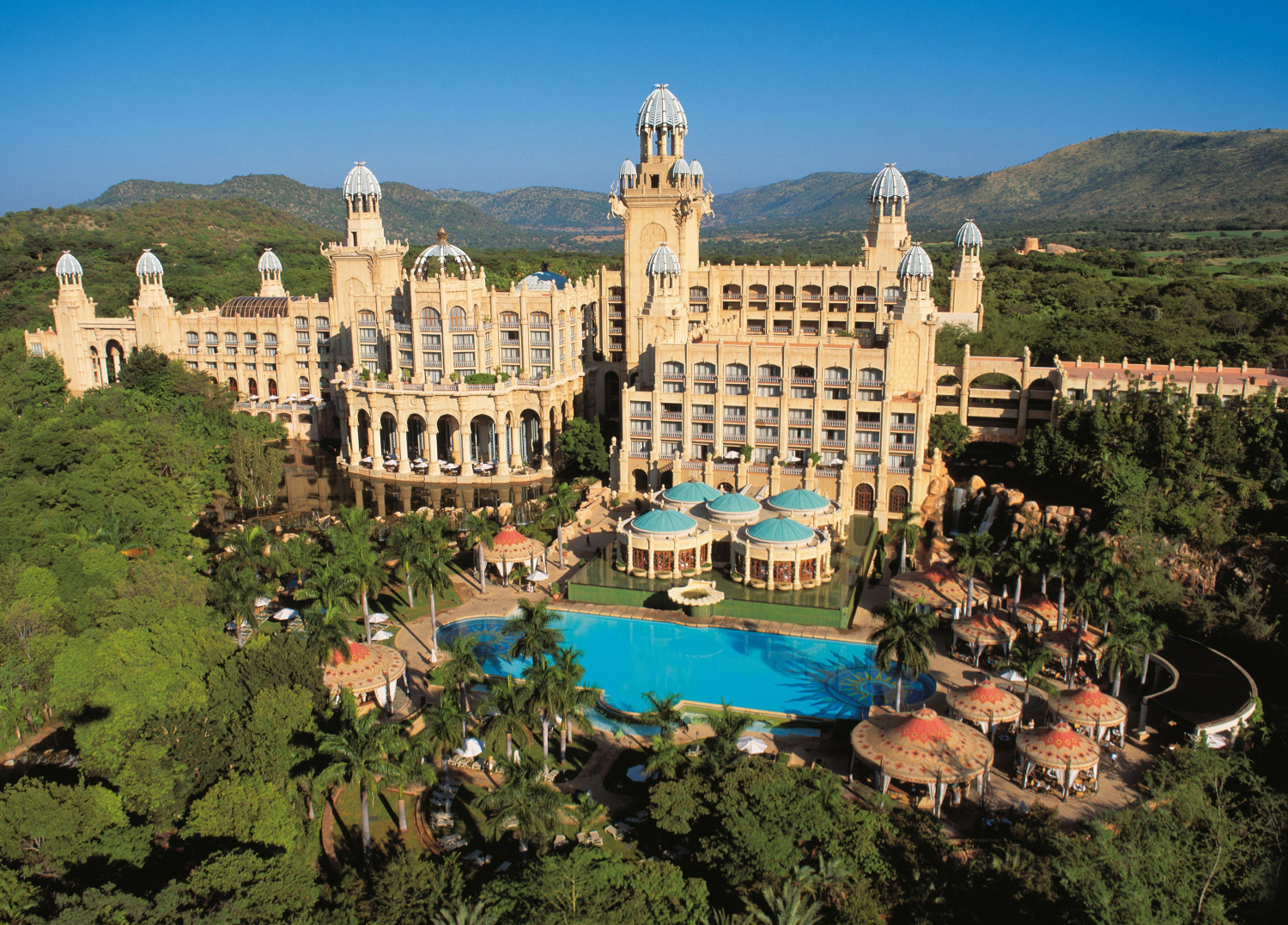
The Palace of the Lost City
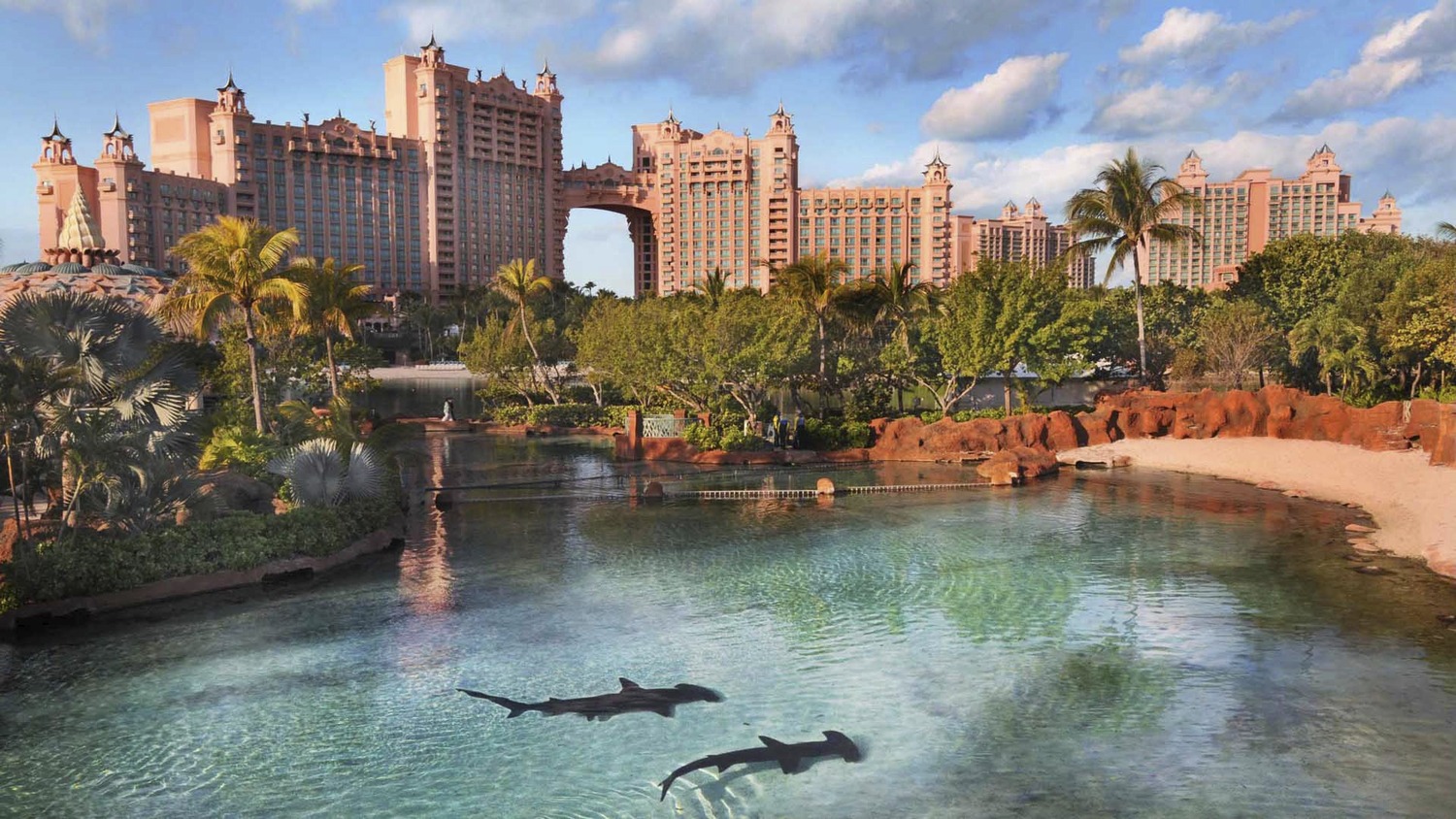
Atlantis Paradise Island Resort, Bahamas
A Seed and a Forest: An Enduring Legacy
From a single hotel in Hawaii, WATG’s influence has grown a global portfolio of iconic destinations, each shaped by its own unique context. When asked how a single model like Atlantis could be reinterpreted around the world, as it was in Dubai, George’s answer circled back to the firm’s core identity.
“Our work is about creating successful projects for our clients. Each is shaped by its own context, architectural styles, and locations. That breadth and diversity of creative output is both our strength and the way we have always chosen to represent ourselves.”
This diversity is the legacy. At a recent principals’ summit, George was asked to offer one piece of advice to the firm’s current leaders. His humble response provides the perfect closing reflection: “What can a seed say to a forest?”
Watch the Recording
George Berean
Having journeyed across the globe as a key member of WATG’s founding architectural team, George built a career anchored in openness, collaboration, and the belief that clients should share authorship in the design, a standard that continues to resonate today. Now in retirement, he channels that same spirit of curiosity and craft into more personal pursuits: watercolor painting, entrepreneurial experiments, and even the ambitious construction of a boat in his own backyard.
Watch the Recording
WATG80
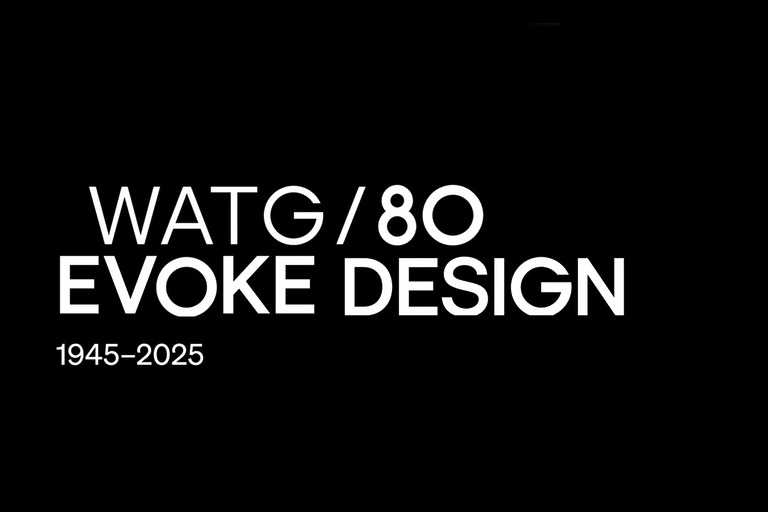
WATG80
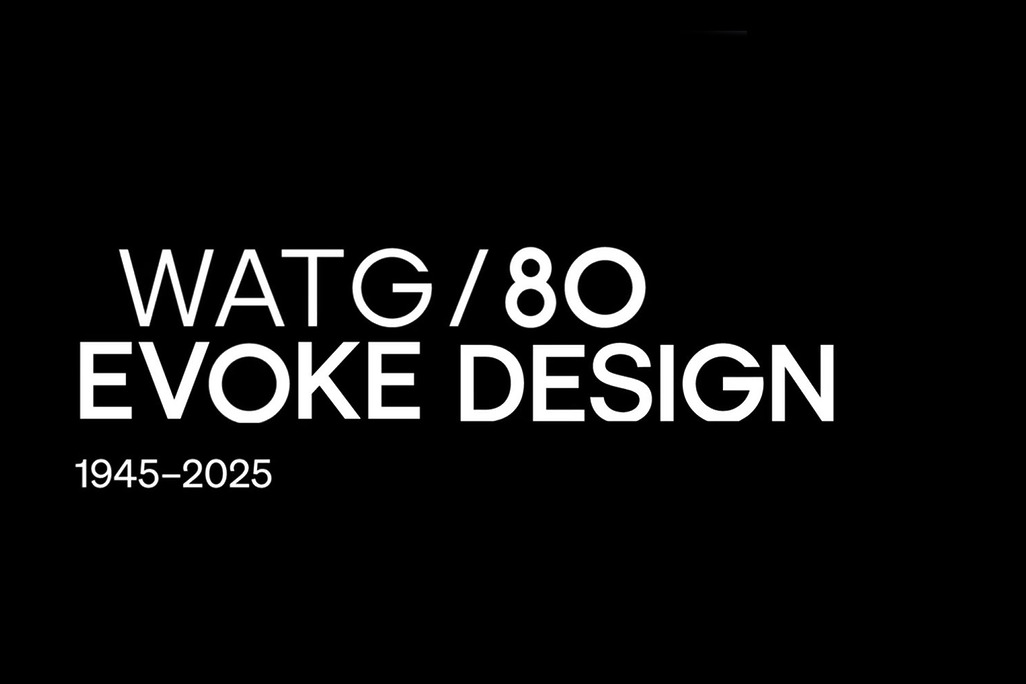
WATG80
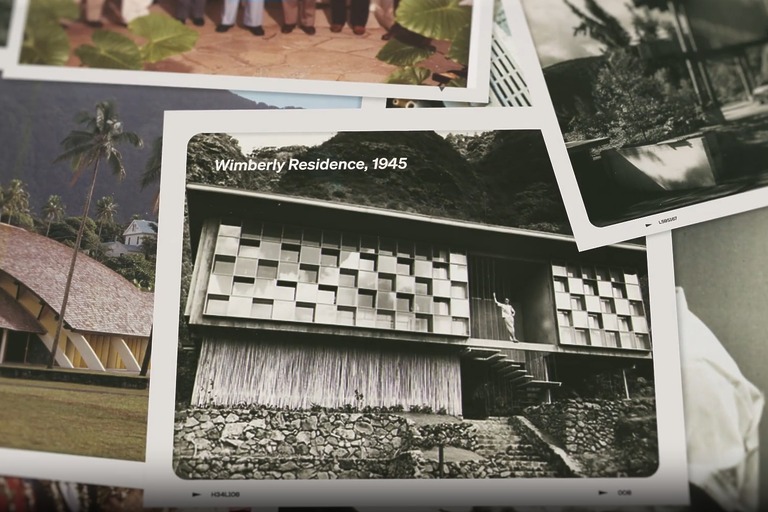
- News
A Journey Through Time – WATG80
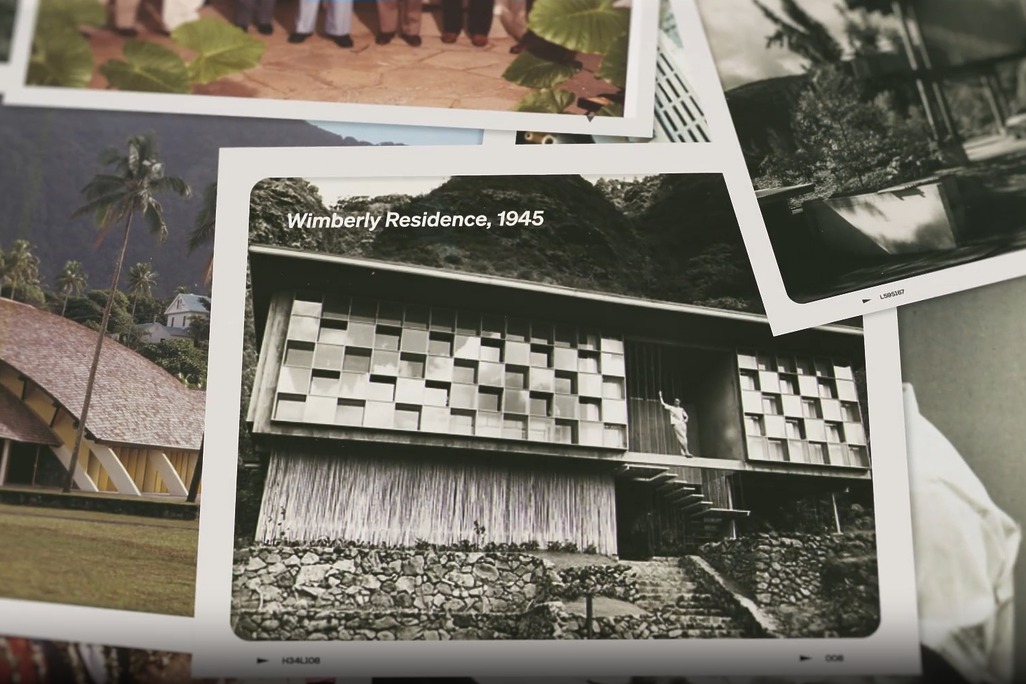
- News
A Journey Through Time – WATG80
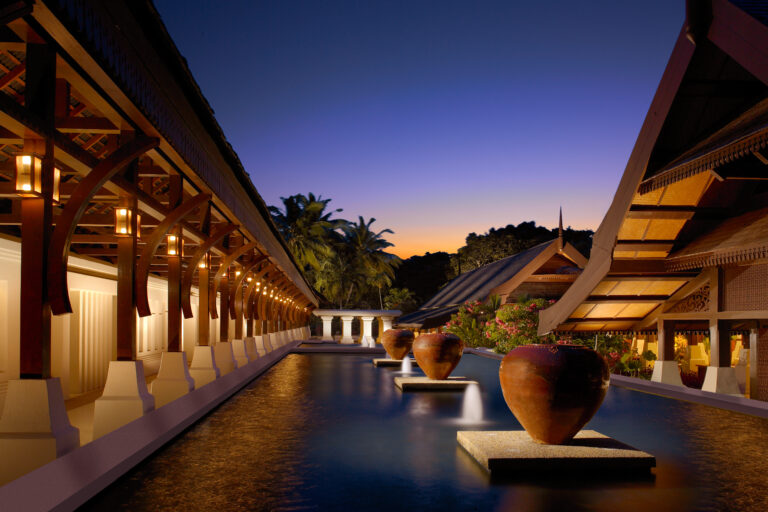
- Asia Pacific
Tanjong Jara Resort
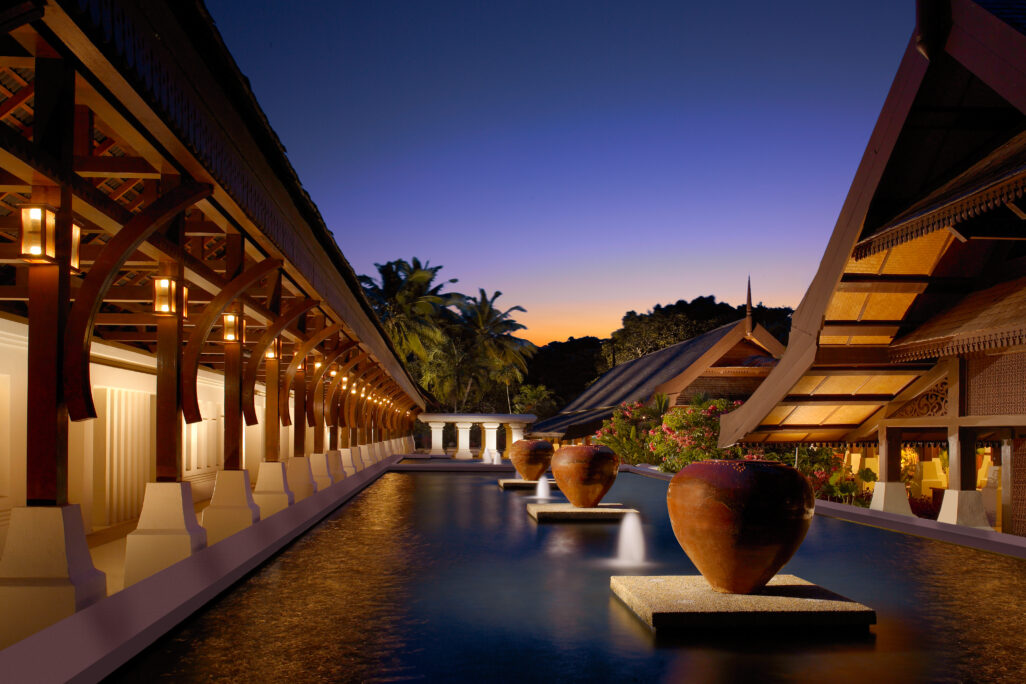
- Asia Pacific
Tanjong Jara Resort
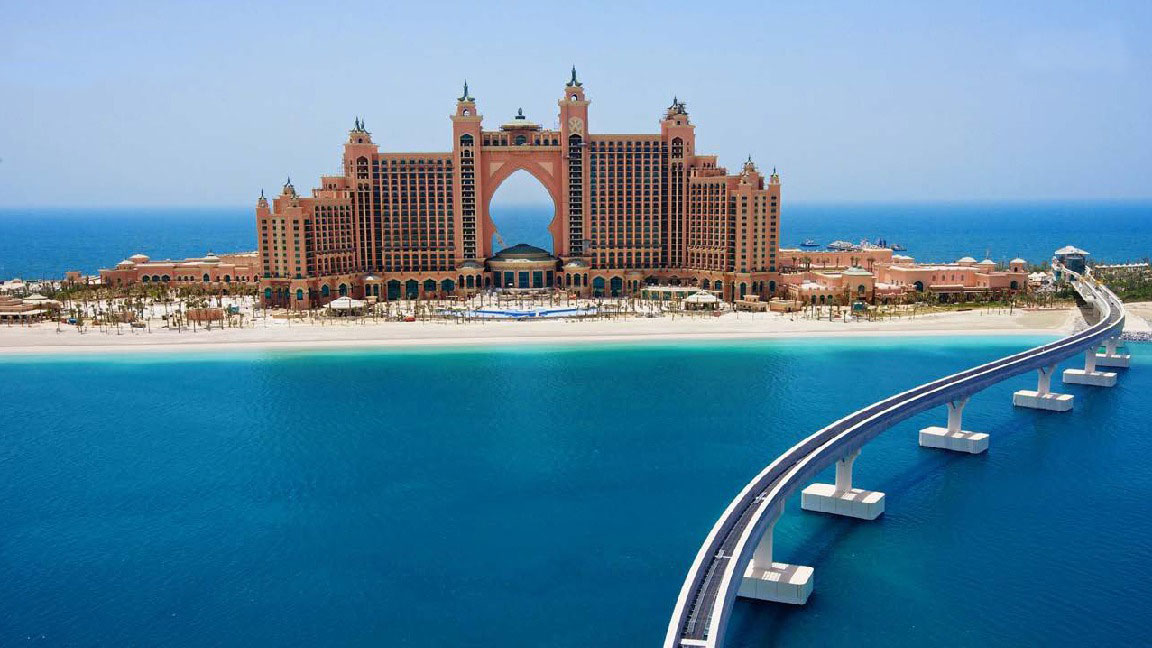
- Middle East
Atlantis, The Palm

- Middle East
Atlantis, The Palm
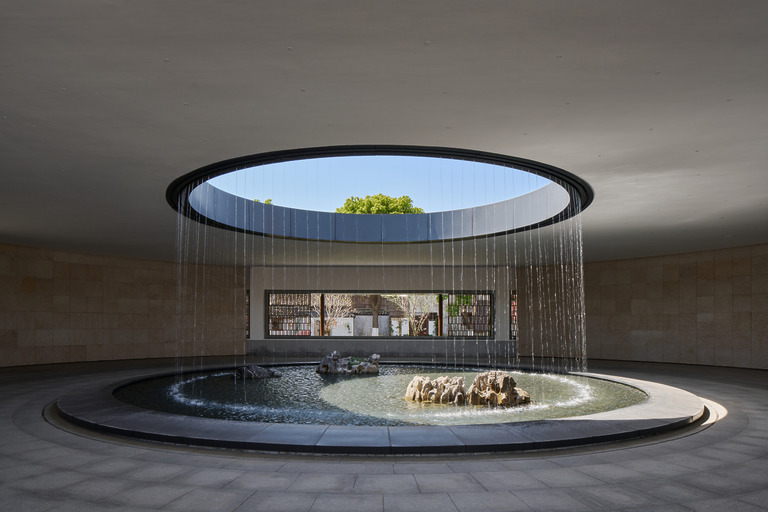
- China
Dangkou Ancient Town Hotel Wuxi – MGallery Collection
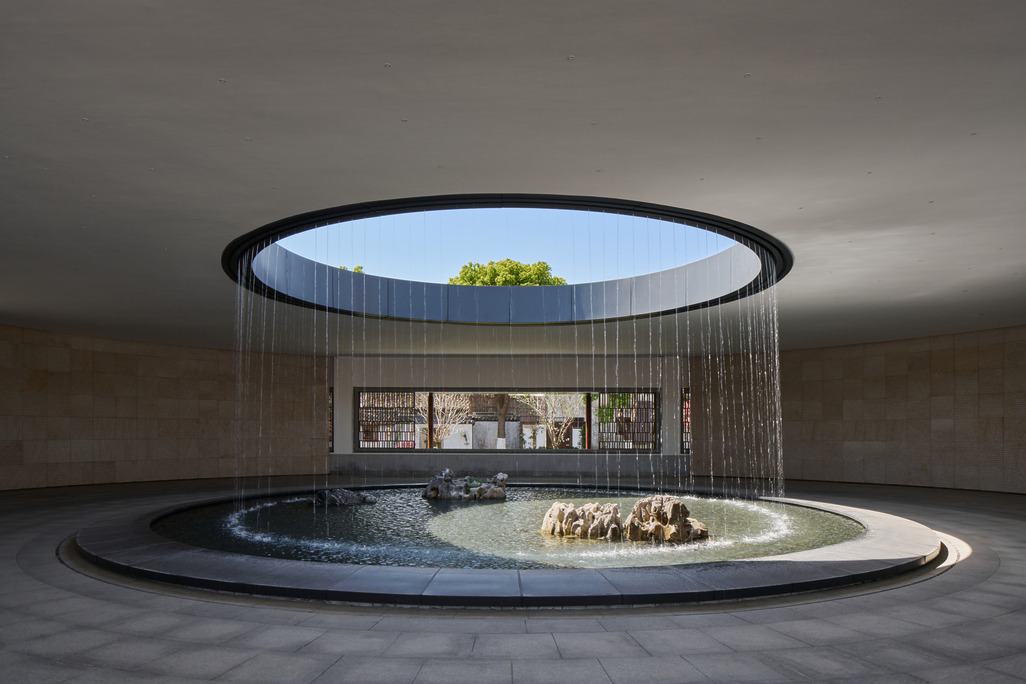
- China
Dangkou Ancient Town Hotel Wuxi – MGallery Collection
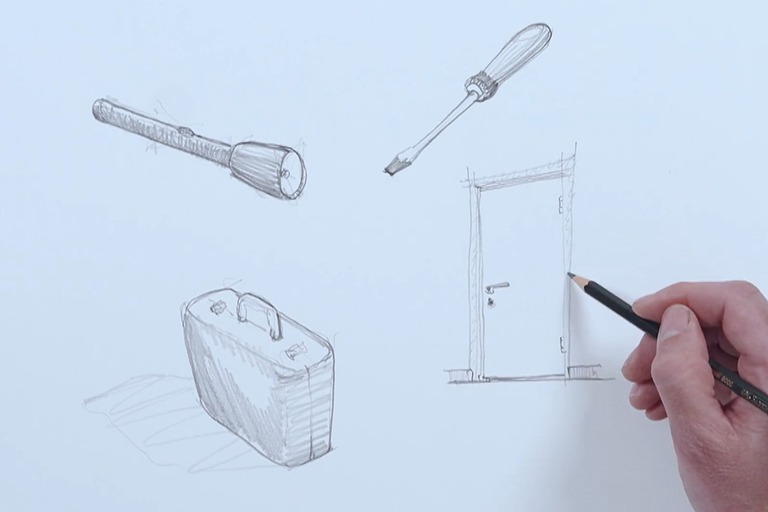
- News
The Torch, The Screwdriver, and the Pencil – Pete Wimberly’s Story
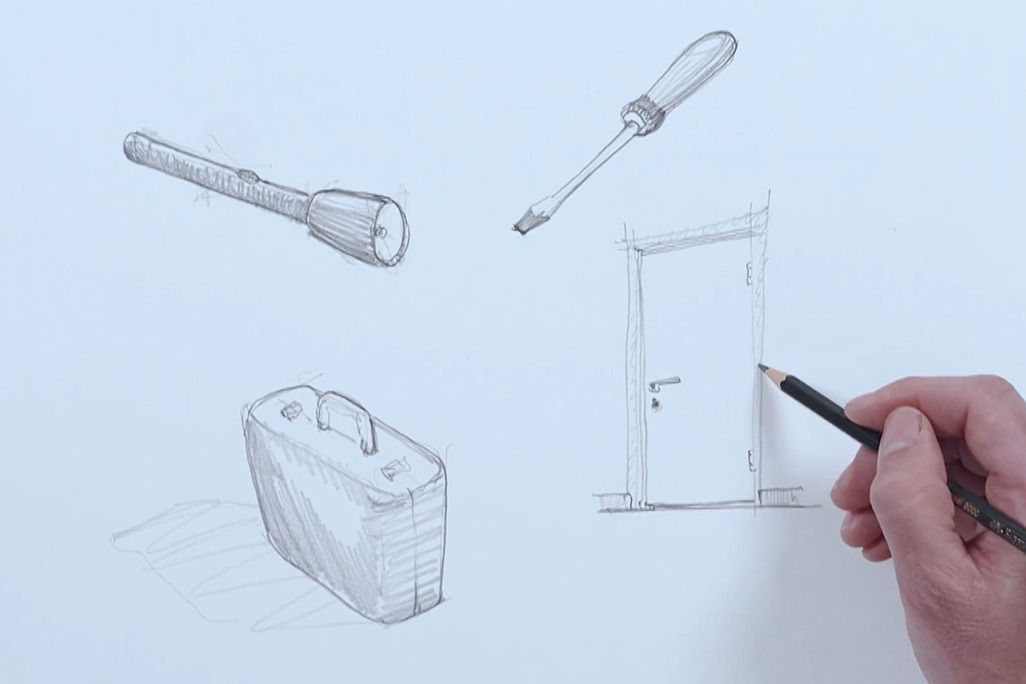
- News
The Torch, The Screwdriver, and the Pencil – Pete Wimberly’s Story
Sorry, no results found.
Latest Insights
Perspectives, trends, news.
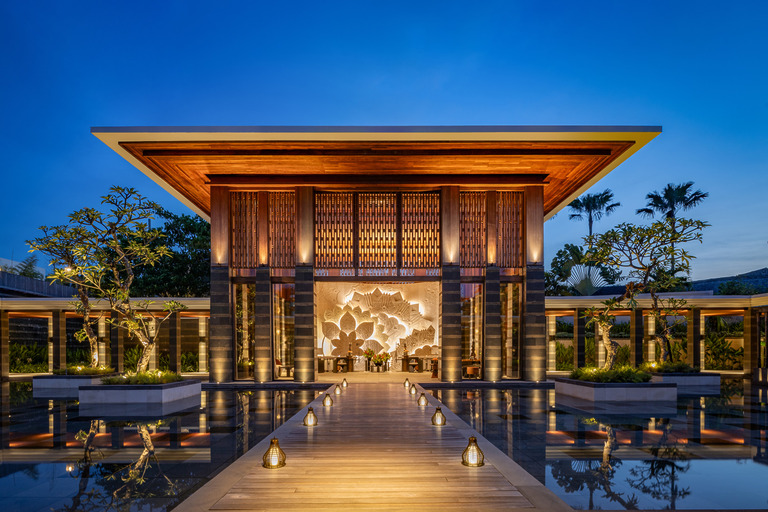
- News
2025: A Year in Review
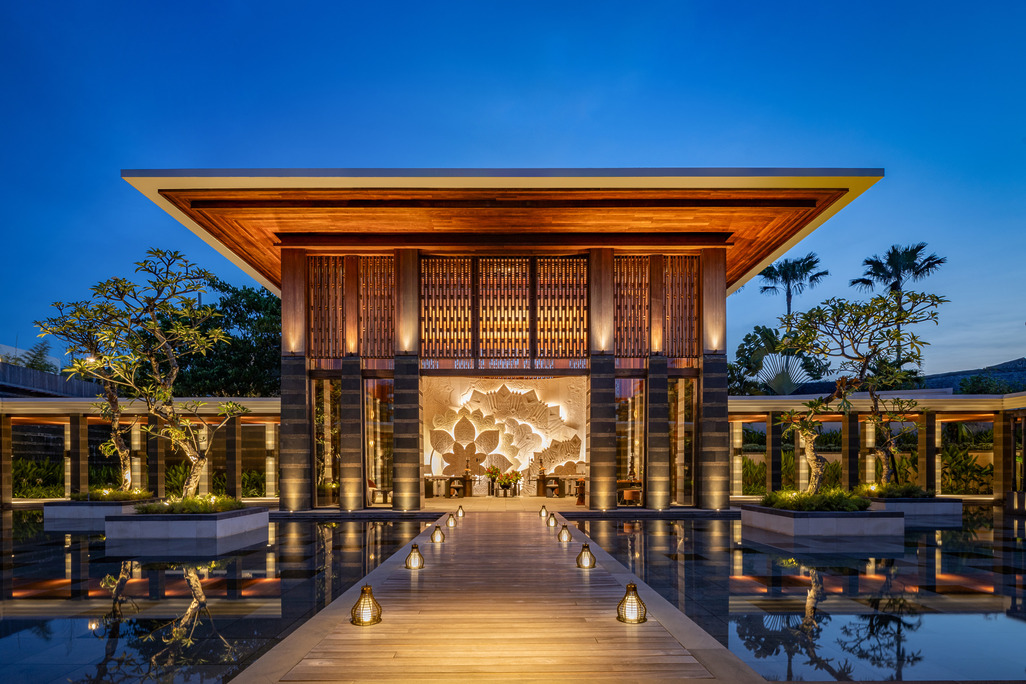
- News
2025: A Year in Review

- Strategy & Research |
- Design Thinking & Innovation
The Architect of the Future

- Strategy & Research |
- Design Thinking & Innovation
The Architect of the Future

- News
WATG Leads Landmark Initiative to Shape the Future of the Giza Pyramids

- News
WATG Leads Landmark Initiative to Shape the Future of the Giza Pyramids
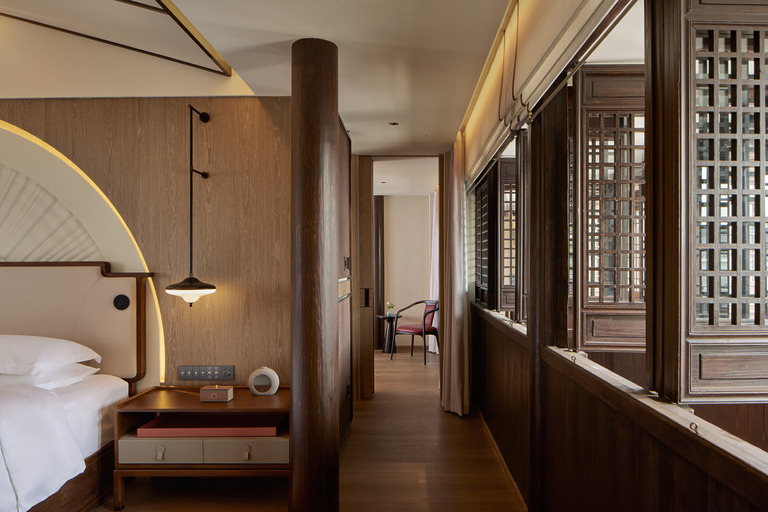
- Trends
Interior Design Trends 2026: Authenticity, resonance, and resilience.
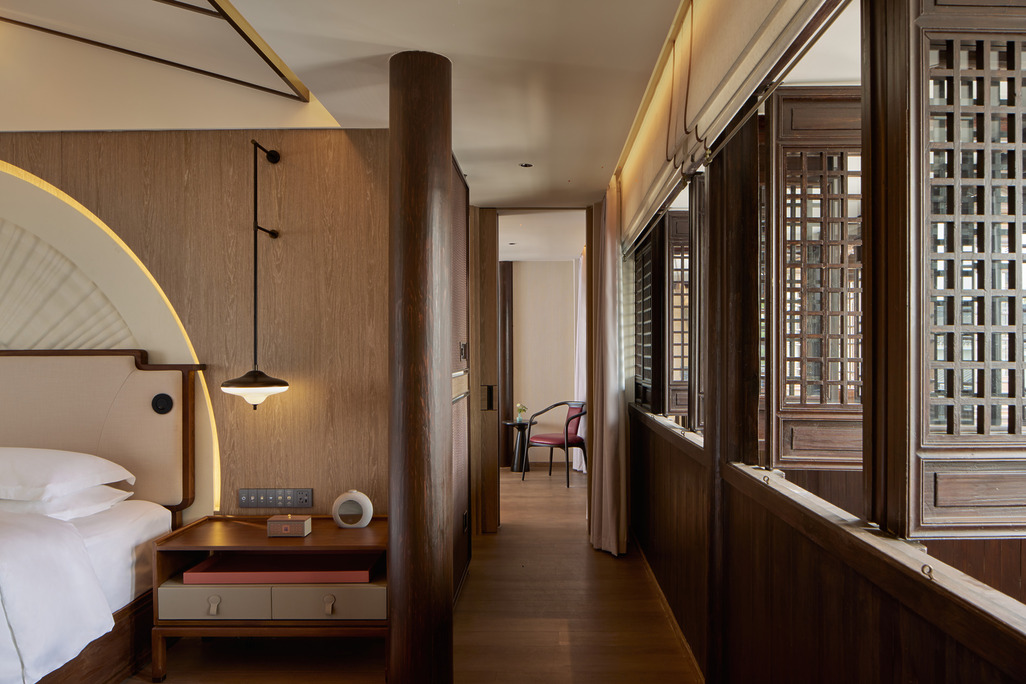
- Trends
